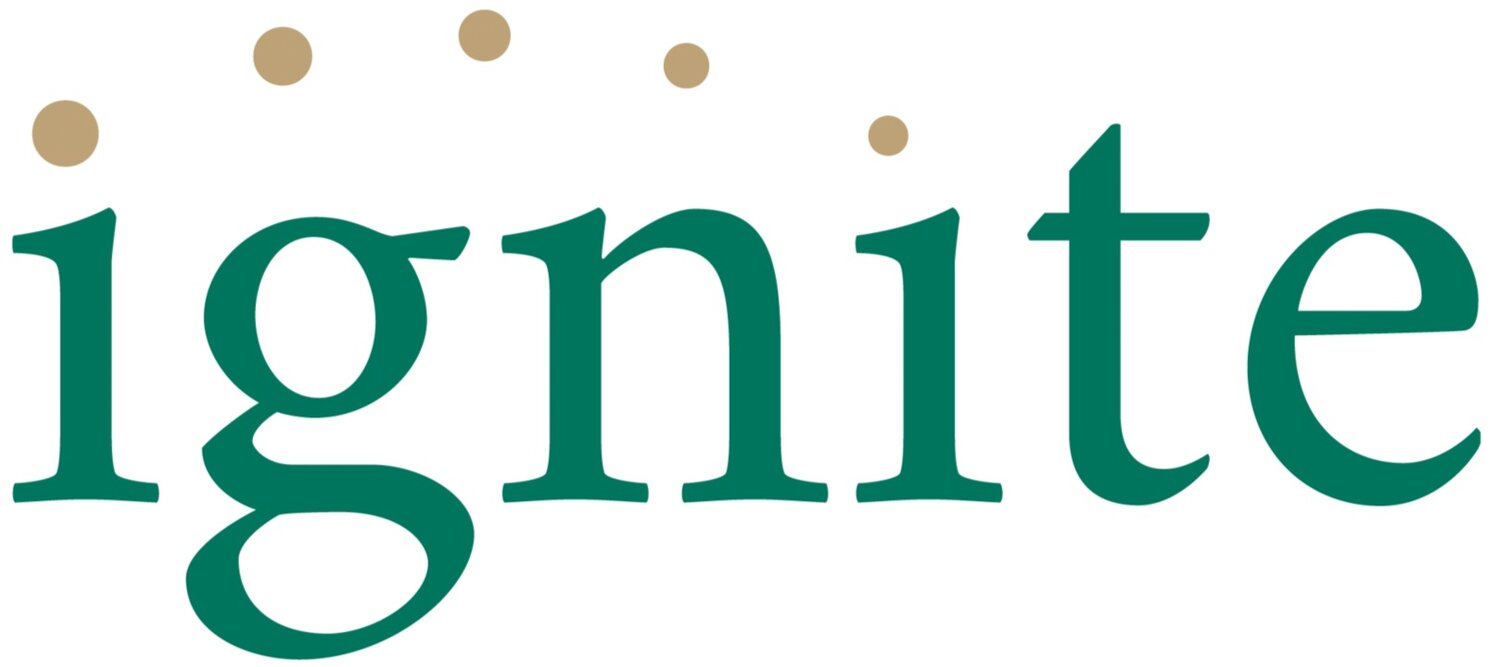
Research
Maximizing the impact of limited global health resources
Ignite is here to ensure that important health resources, like vaccines and bed nets, go exactly where they're needed most.
We're teaming up with our community partners to combine their on-the-ground insights with comprehensive data and techniques from various fields, including public health, economics, nutrition, and geography.
Our main aim? To make sure every dollar spent really counts in boosting health outcomes and making a difference.
Our peer-reviewed research is organized into the following categories:
Featured Research
-
Exclusive breastfeeding (EBF) is critical for child survival, growth, and maternal health; however, over half of mothers in low and middle-income countries do not practice EBF through the recommended six months of infancy. To support EBF among employed mothers, national policies in Kenya recently mandated that employers provide onsite lactation rooms for mothers to express and store milk; however, the implementation of this policy is variable and limited. Dr. Ickes and colleagues are planning a study to test the effectiveness, implementation characteristics, and benefits versus costs of an enhanced workplace lactation support programs in Naivasha, Kenya, where many low-income mothers who experience a high burden of maternal and child health disparities are employed in the commercial flower farm industry.
-
The World Health Organization estimates that an additional 1.5 million deaths could be prevented if the UNICEF goal of vaccinating every child were achieved. To address this critical issue, our research project, in partnership with Community Health Partners in Narok, Kenya, aims to identify the factors driving immunizations at Community Health Partner (CHP) clinics, including vaccine coverage, timeliness, characteristics of children and caregivers who complete required immunizations, and clinic policies and procedures related to immunization rates. Additionally, the project will conduct ethnographic research to understand the significance of healthcare systems and therapeutic interventions in Narok. In 2023-2024, the project will review the clinical database of all immunizations performed by CHP from 2016-2023, combining quantitative analysis with qualitative findings to identify barriers and opportunities to increase vaccination coverage. Recognizing that health-seeking behavior is influenced by culture, movement, and geography, the project will collaborate with anthropologists familiar with the region to better understand how these factors impact immunization rates at CHP clinics.
-
Currently, there's no established global industry standard that comprehensively evaluates the needs of children worldwide and guides the allocation of resources accordingly. This lack of a global picture results in some children not receiving the necessary surgical care, leading to disparities in healthcare access. Partnering with World Pediatric's, our study aims to create a World Pediatric Surgery Index, a comprehensive tool specifically tailored to assess and quantify the multifaceted impact of pediatric surgical care on critical indicators, including economic well-being, educational achievements, and overall community health worldwide. To create this index, we will collect and analyze data related to pediatric surgical procedures, patient outcomes, resource allocation, and demographic information using standardized metrics with predefined weights to evaluate the quality of care. Geographic and demographic factors will be considered to address disparities, and statistical analysis will be employed to facilitate benchmarking and regional comparisons. This data-driven approach will yield objective insights, aiding informed decision-making and the enhancement of pediatric surgical care. A standardized pediatric surgery index would be a valuable resource for stakeholders and organizations in healthcare, public health, and policy development, helping healthcare providers assess patient needs and plan services, and aiding healthcare systems in resource allocation and infrastructure planning.



